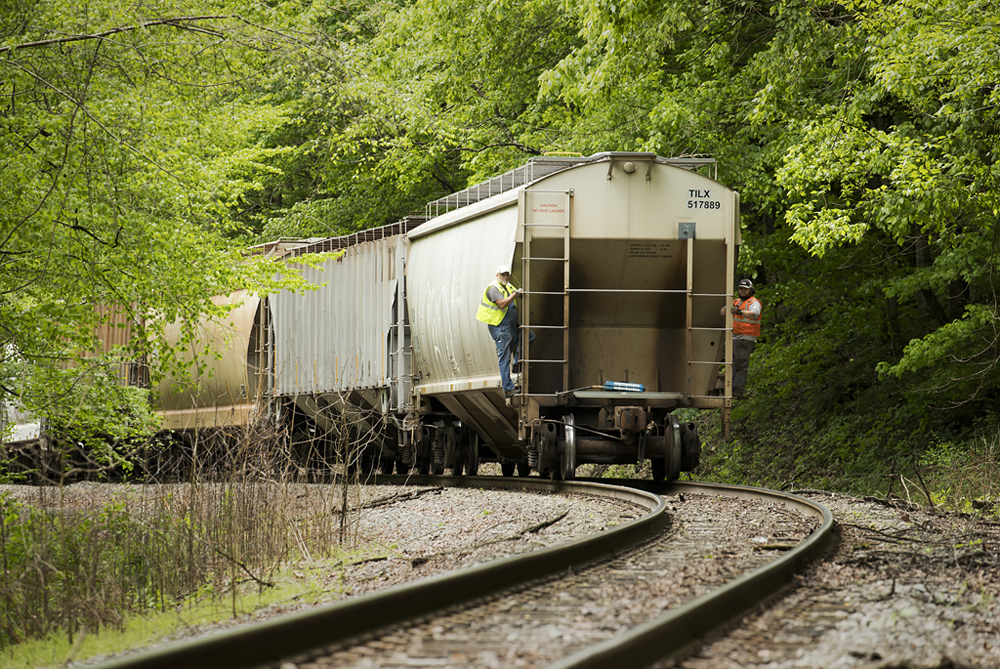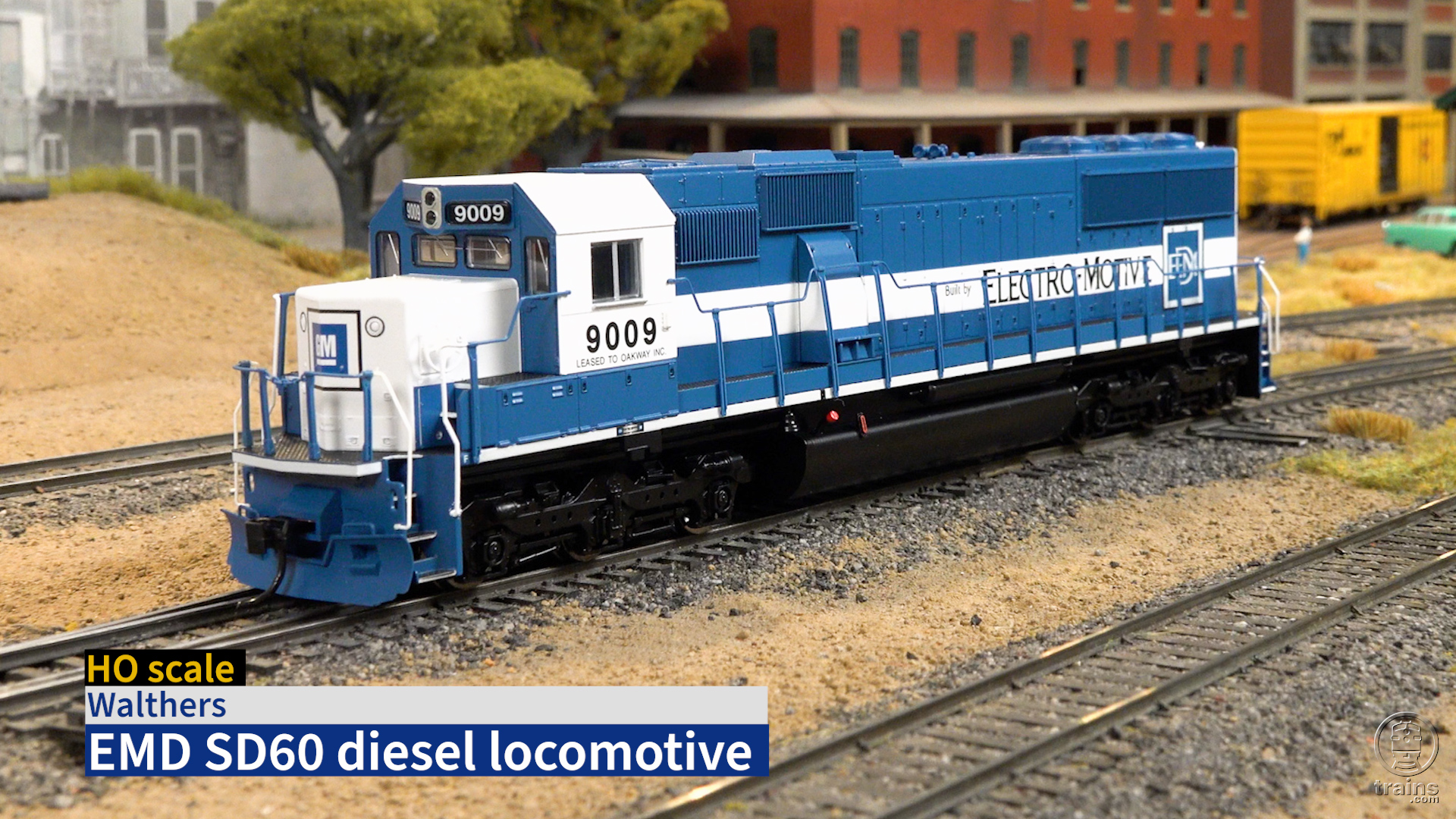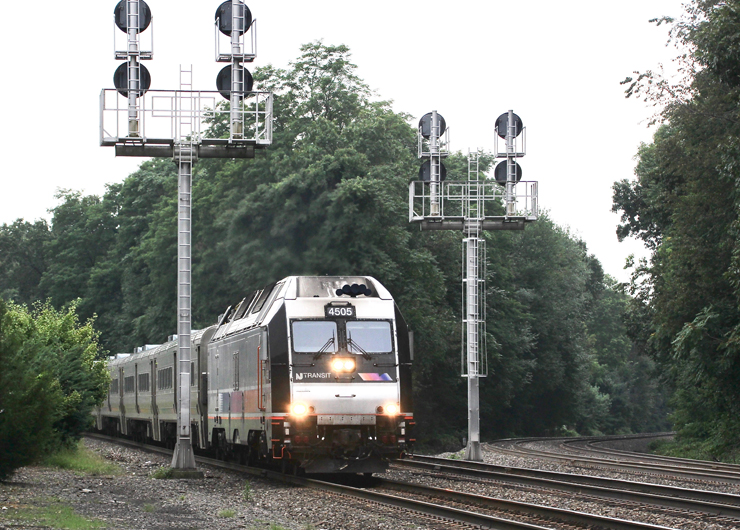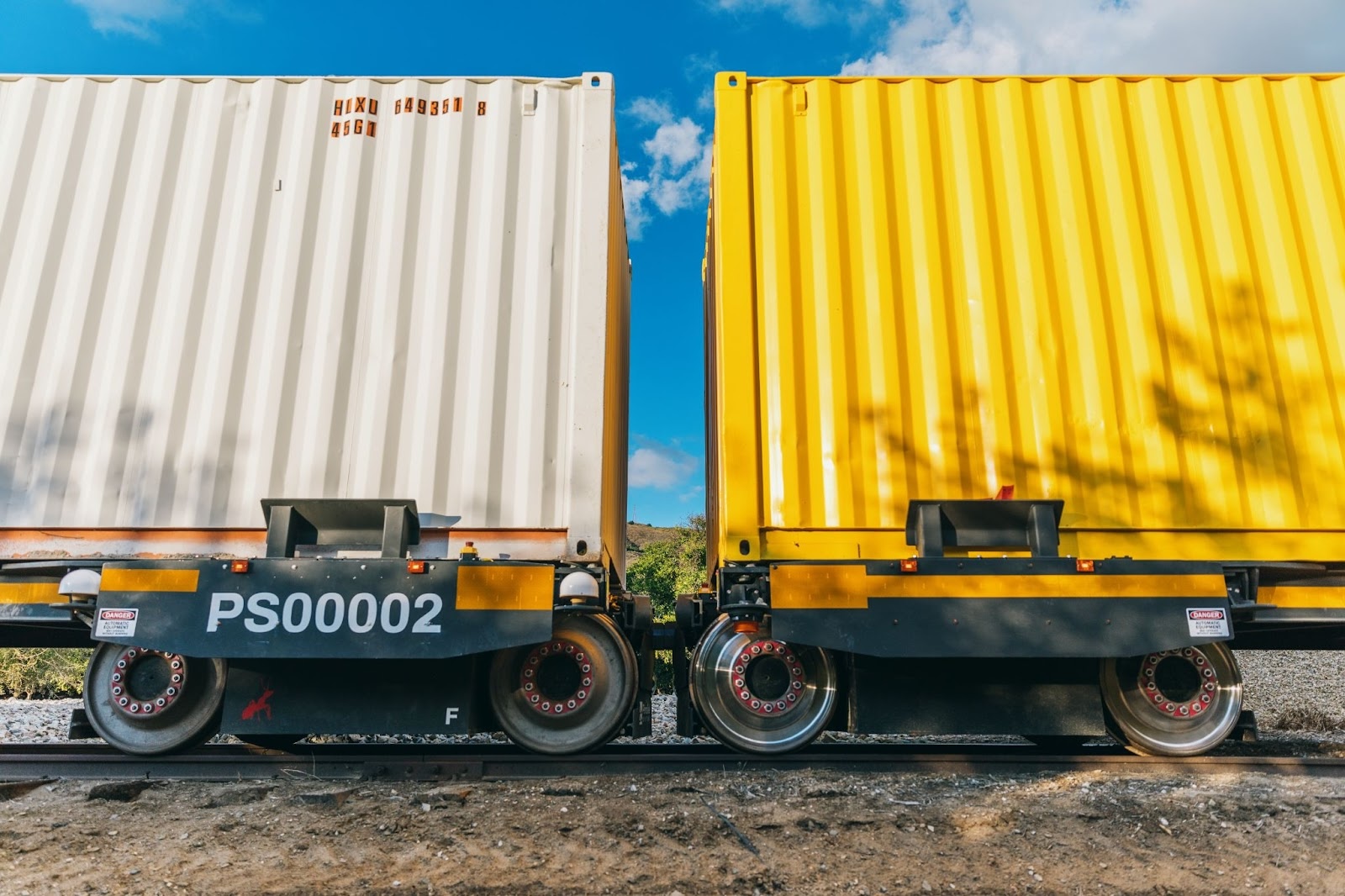
CHARLESTON, W.Va. — Efforts by Class I railroads to hire more engineers and conductors are helping lift workforce numbers from record lows during the coronavirus pandemic.
But other forms of railroad employment remain below pre-pandemic numbers, and overall employment is still dramatically lower than it was five years ago.
According to the most recent Surface Transportation Board employment data, U.S. railroads have 1,300 more train and engine employees — engineers and conductors, better known as T&E — than a year ago. All seven Class I railroads have added engineers and conductors in the past year [see “An opportunity for the millennial railroader: analysis,” Trains News Wire, Feb. 22, 2022]. CSX Transportation has added the most, 481 jobs since March 2021. Combined, Class I railroads have added 2.7% to their T&E roster in the past year.
These modest gains are helping address a major shortage of engineers and conductors, whose numbers are still down 8% from pre-pandemic March 2020. The Class I roads have about 4,000 fewer engineers and conductors than before the coronavirus, and railroads say pandemic-related worker shortages are at the heart of their ongoing service issues. Meanwhile, regulators, shippers, and unions say larger cuts over the last five years — a reduction of some 45,000 rail jobs — are responsible for the service problems [see “STB seeks way to quickly ease railroad service problems,” News Wire, April 27, 2022].
While small numbers of engineers and conductors are being added to railroads’ payrolls this year, Class I railroads continue employing fewer maintenance-of-way and non-T&E transportation workers.
In the past year, Class I railroads have seen maintenance-of-way job numbers decrease more than 2%, employing 45,278 MOW workers in March 2022, compared to 46,377 in March 2021. MOW related jobs are down 13% across all Class Is since the initial onset of the pandemic. In the past year, six of the seven Class I railroads reported fewer MOW workers. Canadian Pacific’s U.S. subsidiary, the Soo Line, added 23 MOW workers in the past year.
Other transportation-related railroad jobs are down 1% compared to a year ago and about 11% since the pandemic started.
Overall Class I employment spanning all job functions is at 114,592 jobs as of the end of the first quarter, down 10%, from March 2020’s number of 127,867 employees.
At this writing, the country’s seven Class I railroads had more than 800 jobs available spanning all crafts.














I read some where that new hires are quitting in larger numbers than before once they get a month or two of service and get worn out and see how bad life gets. So these supposedly large number of new hires is false advertising that the railroads are employing more. BBNSF has already have to back off some on their work policy and here is betting more has to come
Computers running fast trains slower keeps crews on the road too long. 12 hour day and long division equals crews stuck on the road jerk off cab or van rides to away from home terminals and humongous away from home that destroys any semblance of a normal life. 12,000 foot manifest trains sorting blocks head ,mid, and rear set offs and pickups that yard jobs used to do, blocking mains for hours instead of 30 or 45 minutes. Lack of seasoned or local available management that knows how to railroad and orders ridiculous moves….. it goes on for ever and my union brothers to a man cannot wait to leave the railroad. Dispatchers whose hands are tied and authority to make decisions. Old head union leaders concerned only about there own cush jobs and how to increase dues income with skeletonized number of members. Nothing is right these days. Except for the short term high financial return and inflated stock prices.
Maybe using epoxy glue to repair broken rails and worn ties can be used in lieu of hiring more MOW workers.
To Charles’s point to Al: ….We can expect at least mid level (“officials”) managers, non experienced in operating trains to fill in at times. It has happened before. The more it happens, should it happen again……what to expect. More NTSB reports of accidents.
On another current news item: Different trades employment numbers (i.e. MOW) not looking good. Yes, stockholders are proud of sleek and lean operations. But as the saying goes: “You can’t get something for nothing”. Result of this reduction (especially MOW employees) = Again, MORE NTSB reports on rail accidents
IMHO endmrw0525221700
It will be interesting to see how long these trainees and new hires will stay on the job after they experience the real world working conditions.
“… experience the real world working conditions” combined with surreal HR policies left over from a century ago.
Al, there’s no one left in the labor pool that will put up with this. Management will end up driving their own trains when they run out of employees.
Many think that the railroads losing people with many years of service and low turnout of applicants plays right into the railroad’s hands. They will force the issue of one person crews because they can’t hold on to, or hire enough to have two people on every freight train.
That’s exactly what they are going to do. The worthless CSX CEO already tried playing that card at the the STB meeting.
The government would be saving these idiots and the US consumer/taxpayers a fortune if they mandated two-man crews. If people think it’s bad now then they can’t even imagine how bad it would be with one-man crews.
PSR has made bad jobs even worse. It is no surprise when the pandemic hit and tens of thousands of rail workers were tossed out that a period of unemployment gave many of them a chance to find other things to do.
Until over-compensated railroad executives do things to substantially improve working conditions, the problem remains. Of course, these Wall Street darlings go in the opposite direction, like BNSF’s point system that treats people worse than the machines they operate.